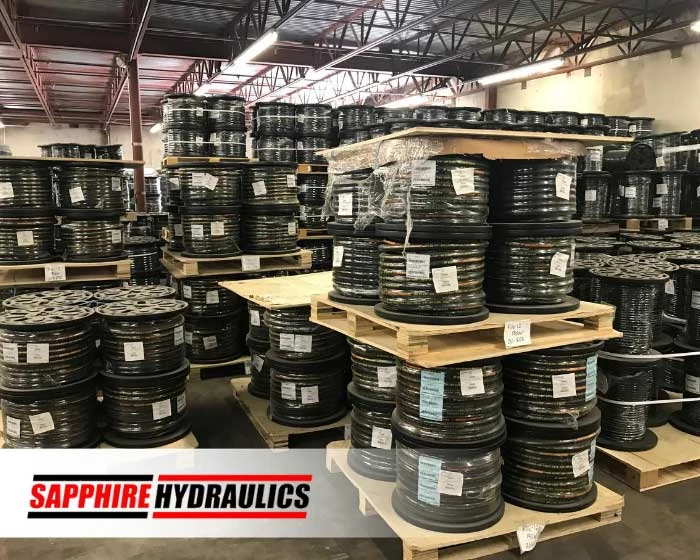 24 hour on-site hydraulic repair, replacement, hose & fitting services.
24 hour on-site hydraulic repair, replacement, hose & fitting services.

| Port Connection | Hose Connection |
| BSPP (JIS-PF) | 60 degree NPSM Swivel |
| BSPT (JIS-PT) | 30 degree Flare (Metric) |
| DIN Metric | O-Ring Face Seal (ORFS) |
| ISO 6149 | 24 degree Flareless (DIN) |
| JIS-B2351 | 30 degree Flare (BSPP) |
| Metric Taper | 45 degree Flare |
| NPT/NPTF | 37 degree Flare |
| SAE Straight Thread | 24 degree Flareless (SAE) |